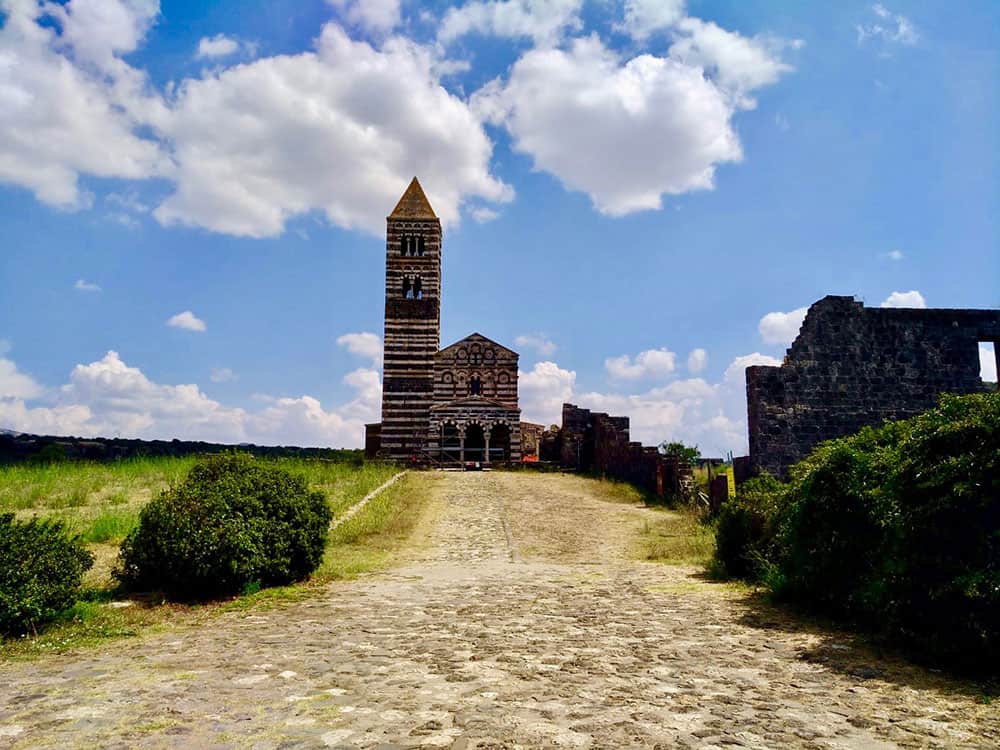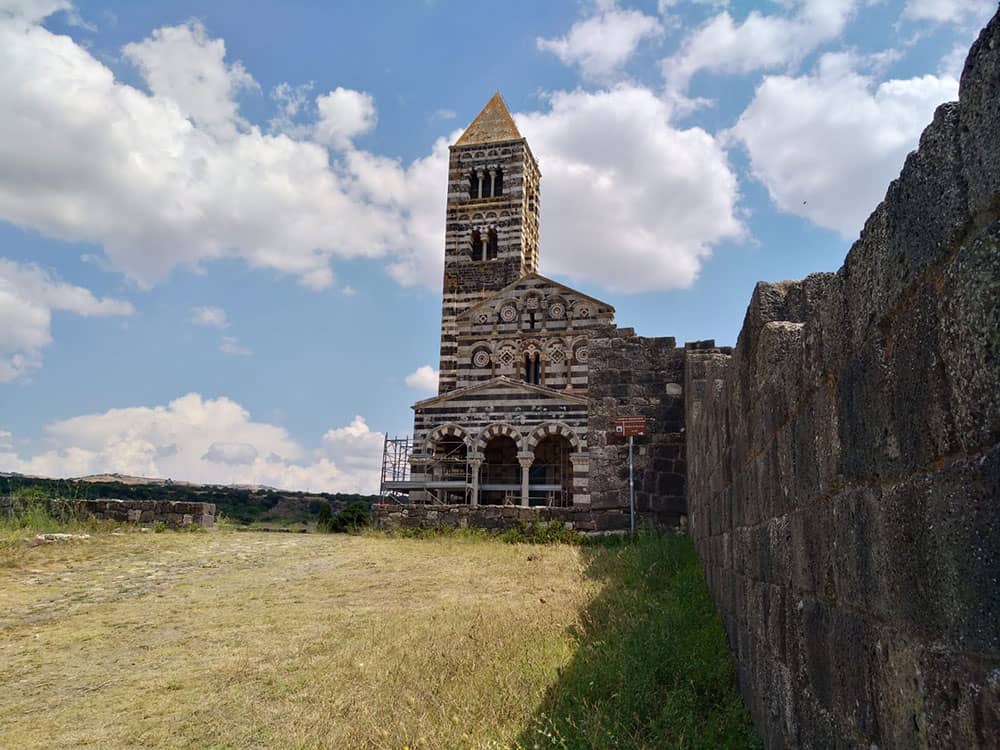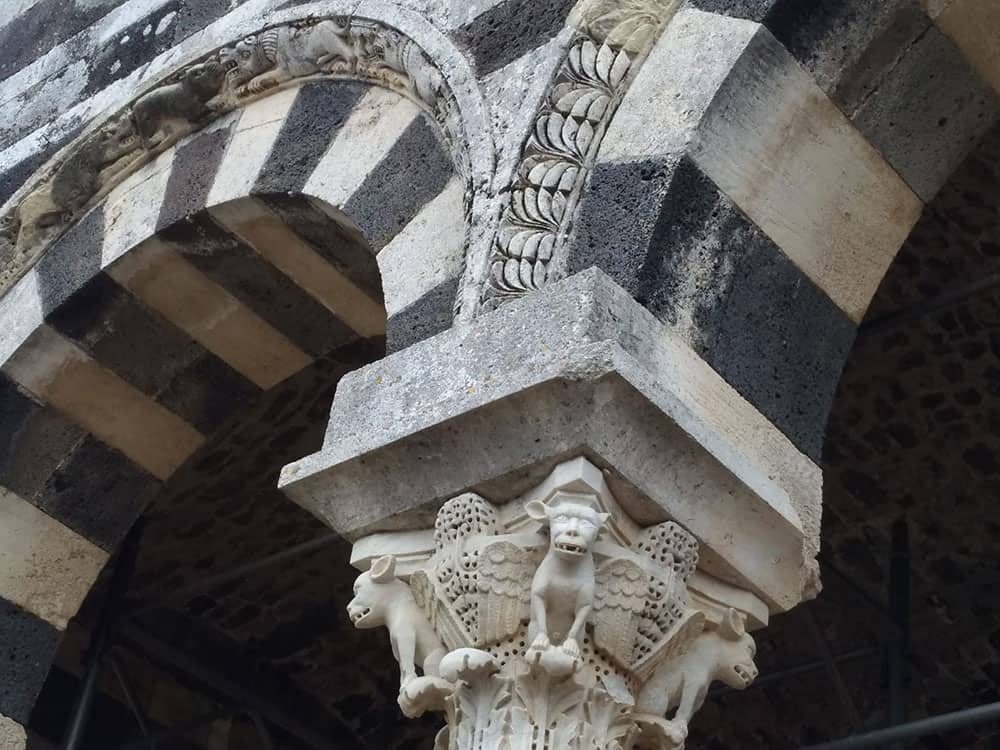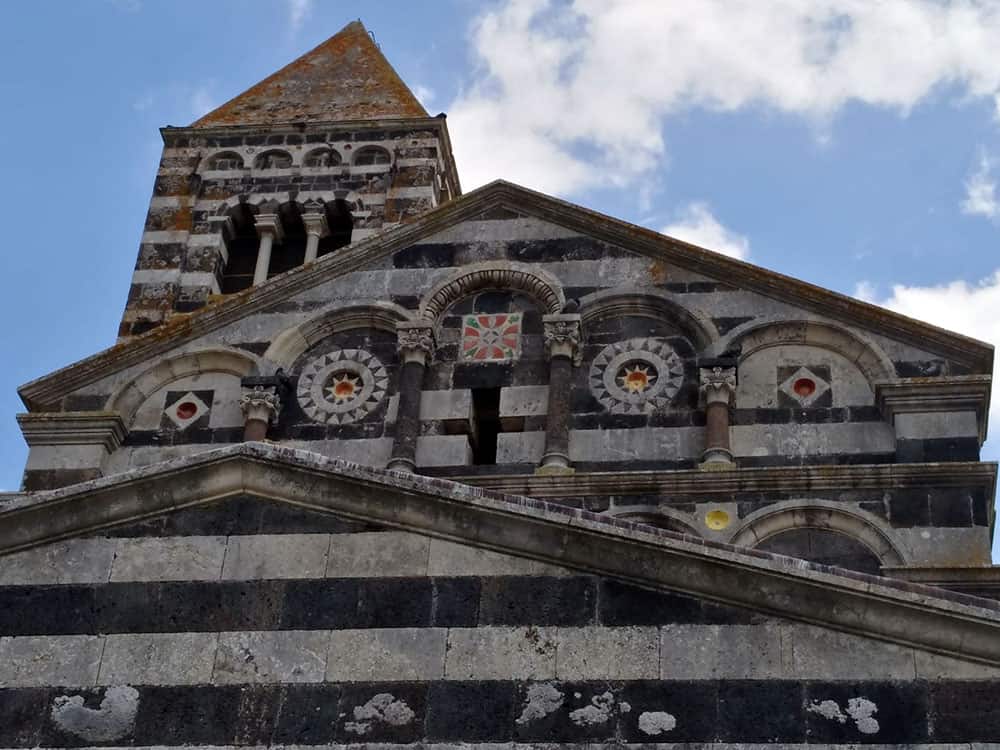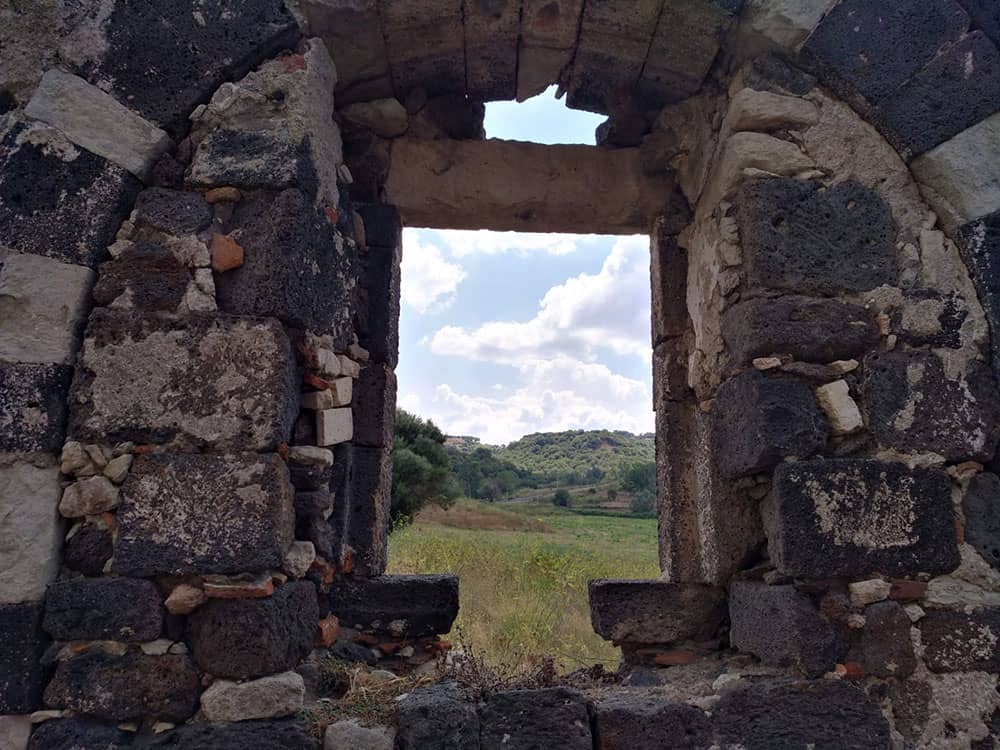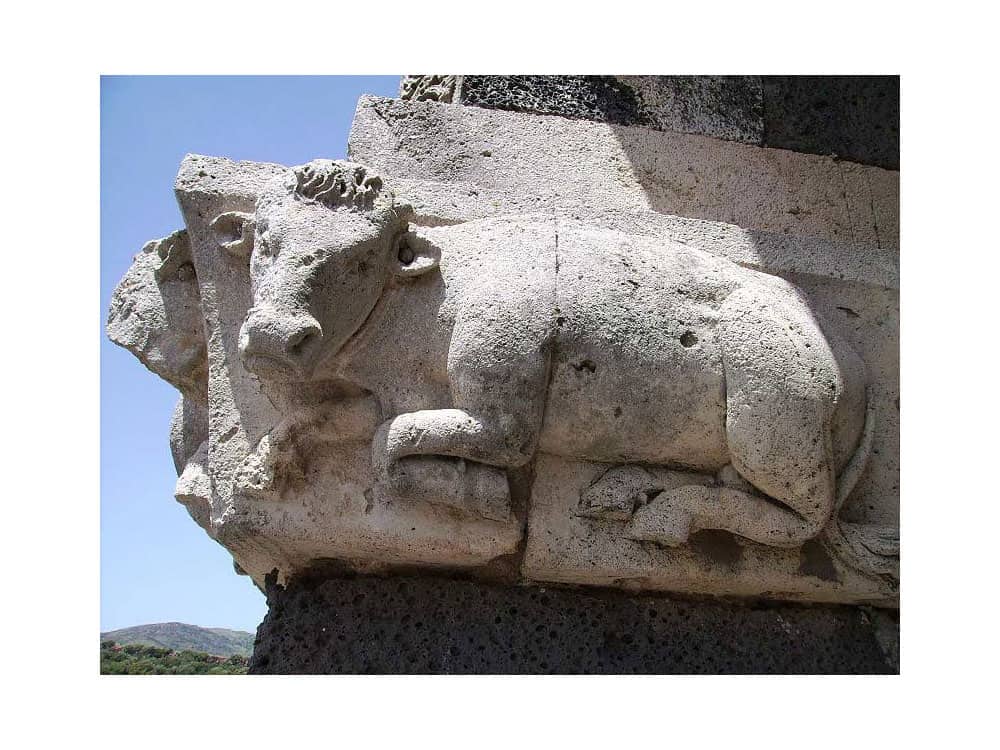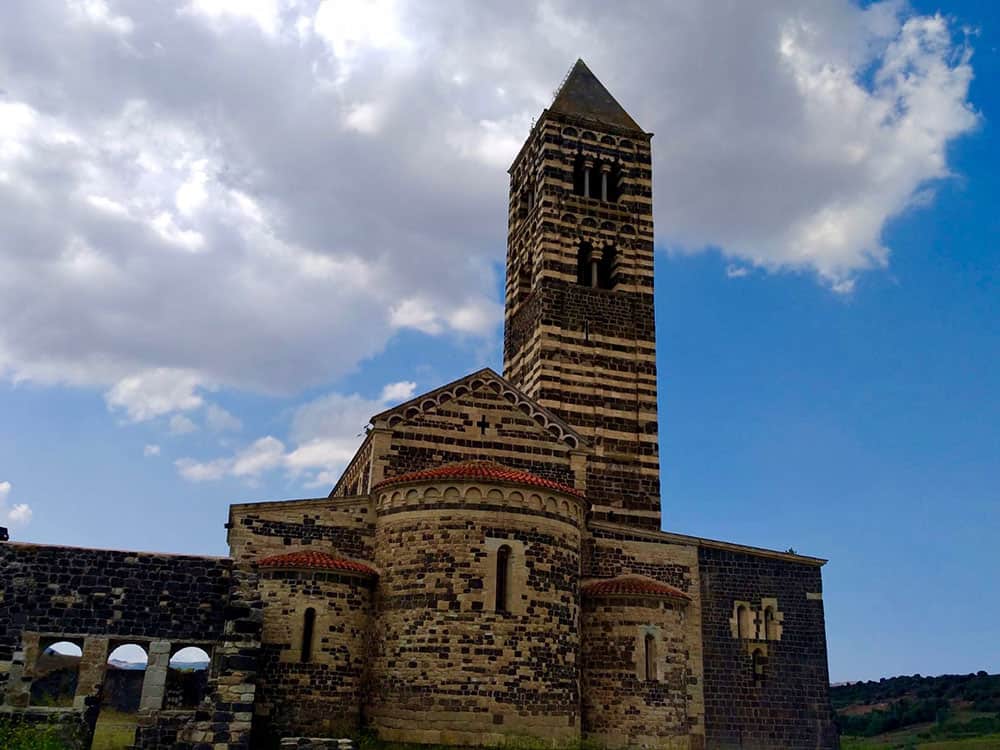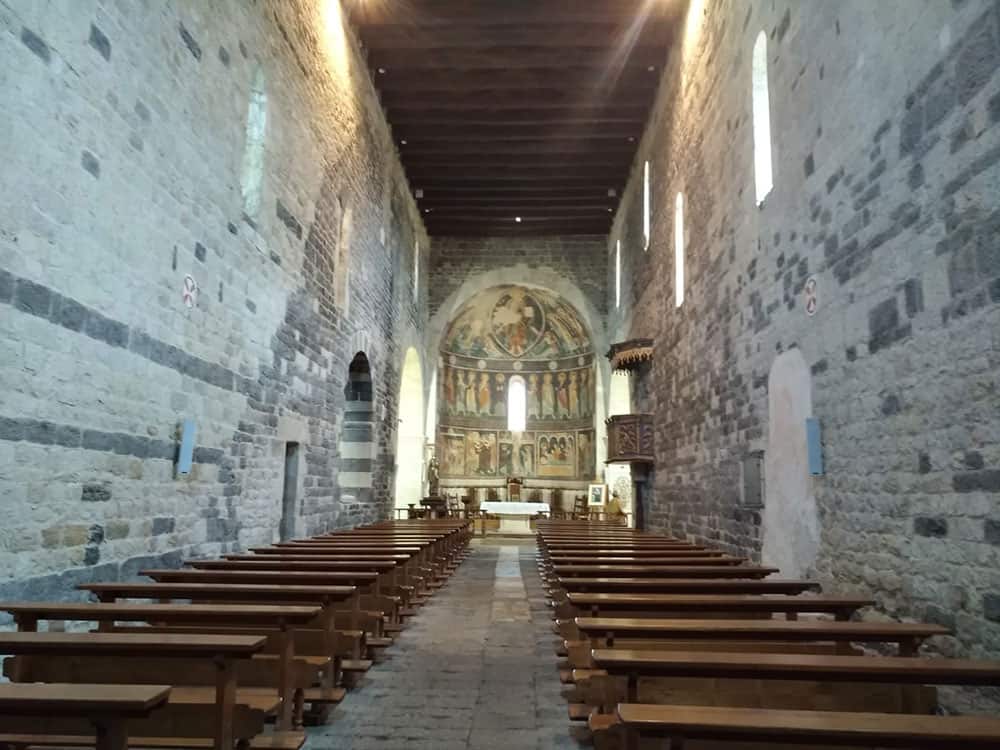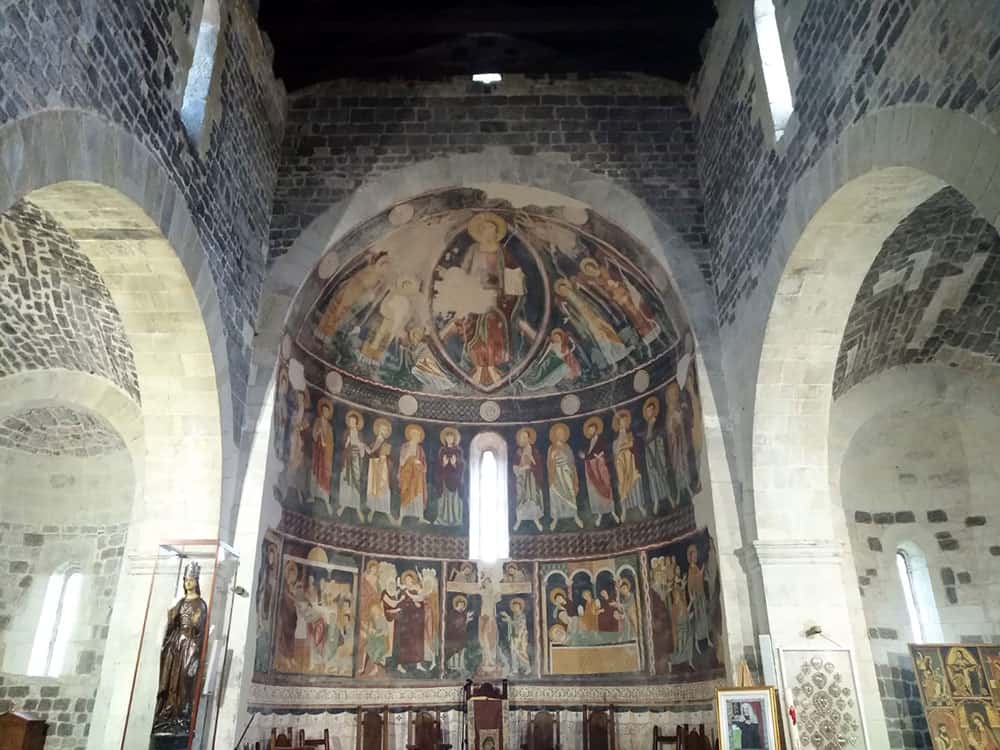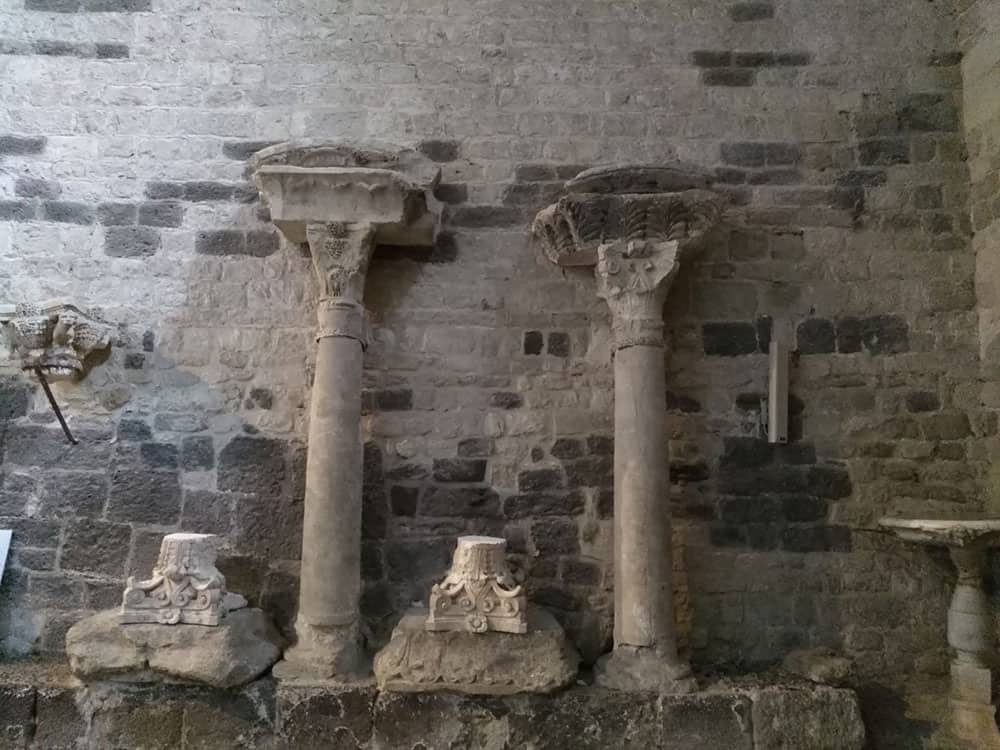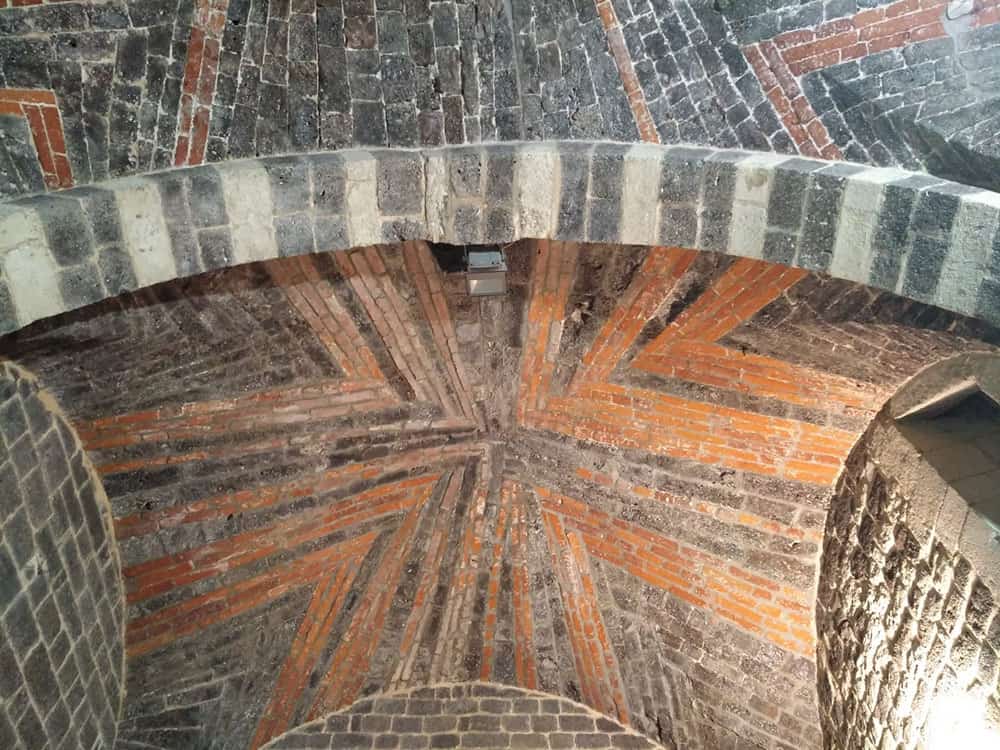Years ago when Nazim still lived in Miami, while trying to convince him to move to Italy, I mentioned the wonderful white beaches of Sardinia. He looked at me incredulously thinking that I was making fun of him: the white beaches for someone born in Venezuela were an exclusive prerogative of the Caribbean.
Only during our first vacation on the island, he could witness what Sardinia has to offer with enchanting coasts that have nothing to envy of Central American destinations.
In reality, Sardinia, in addition to its unique natural beauties, is a very interesting land because it has been crossed by different civilizations and preserves ancient testimonies, most of the time located in forgotten places, which are full of extreme charm.
Often tourists, attracted by the beaches and seaside resorts, do not care about visiting them since they are mostly hidden in the center of the island and honestly not always appreciated or advertised enough by the locals themselves.
The nuraghi, for example, are stone constructions dating back to the Bronze Age (3300–1200 BC) and they represent typically Sardinian architectural examples, impossible to find in any other area of the Mediterranean unlike the Dolmen and Menhirs present on the island as well as in other European areas.
After 5 years of Casa Chiesi activity, we finally managed to have a mighty needed “special correspondent”: my sister Patti (whom you met in the Milanese Ossibuchi video and loves to take any possible excuse to grab her tiny bag and leave for a new destination).
She offered to visit for us, during her vacation in Sardinia, a beautiful, dense historical place and mysticism place which I had long wanted to talk about.
I must say that her second follow up “mission” turned out to be quite adventurous: a week after she sent us the pictures of the place we are presenting today, gripped by the traveling journalistic fever, she went to visit the Domus de Janas in Porto Torres. Unknown to her she happened to have a close encounter with a pack of Maremma shepherds, huge and aggressive dogs who take care of sheep in the deserted land that surrounds the archaeological site, who showed a certain propensity to turn her into their noon lunch.
Well, thanks to Patti and her braveness today we can speak about the Basilica of the Holy Trinity in Saccargia which is located in the province of Sassari in the North West of the island, on the main road 131 which crosses Sardinia from Sassari to Olbia.
But let her in her own words tell us about this fascinating place.
Here is Patti’s report:
“I had left Alghero and its many beaches by car and after half an hour I saw the Romanesque basilica of the Holy Trinity of Saccargia appearing in front of me.
Like all buildings of the Pisan Romanesque, it has a two-colored facade, white and black, given by the interesting combination of limestone and basalt blocks.
Its quiet majesty dominates the plain of Saccargia, in the territory of Codrongianos, dating back to the first decades of the 12th century.
At first, I felt the small visceral rage which often in Italy disturbs the most exciting visits for the not always appropriate context in which the sites are found: the car parking too close to the entrance, the loud tourist restaurant, the scaffolding probably erected for always due to endless restorations.
After the first impact the nobility of the ancient basilica wins over the initial discomfort and makes us forget the little details because unlike what happens in the most famous sites and more known cities, Saccargia lies on an isolated plain and it doesn’t know the noise and the mess of traditional tourist routes.
The visit to the basilica is a solitary experience: there are no tourist guides, the information in the panels faded by the fierce summer sun are insufficient but after all this lack of management leaves us to the freedom of observing and imagining the rigorous life of the Camaldolese monks to whom the basilica was entrusted in the Middle Ages
The Camaldolese congregation was a Benedictine community that lived in communion but led a solitary life, architecturally expressed by the presence in their settlements of both the hermitage and the monastery (for more information read our previous article on the Monastery of Camaldoli located in Casentino – Tuscany).
Judge Costantino di Torres and his wife Marcusa arranged the construction of the church, dedicated to the Virgin and the Holy Trinity and as I said, they entrusted it to the Camaldolese already present in the monastery.
The Sardinian judges often invoked the coming of monks of various orders with open arms. The abbeys were not only the origin of spiritual rebirth but propulsive centers of the economic development and the demographic increase.
The Basilica was completed in 1116 on the ruins of a pre-existing monastery in the place where, as legend claims, a cow used to come from a faraway pasture to kneel and offer its milk to the monks of the convent. It is no coincidence, therefore, that you can see, in the capital of the portico in front of the façade, the image of the craved cow.
The church became one of the most famous abbeys of the Camaldolese monks, and it always had a leading position since its abbots were the most famous among the orders present in Sardinia.
For more than a thousand years this beautiful and peaceful basilica takes care of the ancient inhabitants who lived, worked, studied, pried and died between her black and white stones.
At the end of the day, I am grateful to that little bit of carelessness which, while endangering places like this, allow us to understand its mystery without being disturbed by that intrusive tourism that often transforms and destroys the places of enchantment that we love the most.”
If you are curious on how to get to this magical location follow the directions on the map below
Betti with huge thanks to Patti for this article and photos.
[socialWarfare]

